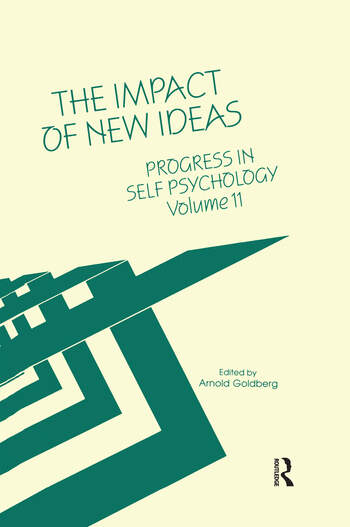Developing an ability to be creative is believed by some to be a reasonable gauge of the success of psychoanalytic treatment. Winnicott (1971) wrote that “it is only in being creative that the individual discovers the self”; creativity generates an originality that reflects the individual’s true self whereas imitation, the repetition of what others have created or what is commonly accepted, reflects the individual’s false self.
Creativity is not easy to measure. Accordingly, analysands whose life endeavors hinge on the capacity to be creative provide a unique opportunity to study what enables people to be creative. The case that follows is that of a man who became depressed after the paly he’d written became a commercial success. After recovering from this depression he continued to write, but was never satisfied with the poems and short stories he’d turn out. He wished to be able to write something that drew deeply from within himself. Eight years lapsed between his initial writing success and the beginning of his analysis. During that interval he lived a fairly aimless life.
In the first year of his analysis the patient began to write a novel. He completed the novel several months before terminating his analysis. How the patient developed the ability to access his inner life in order to be able to write is the subject of this chapter.

